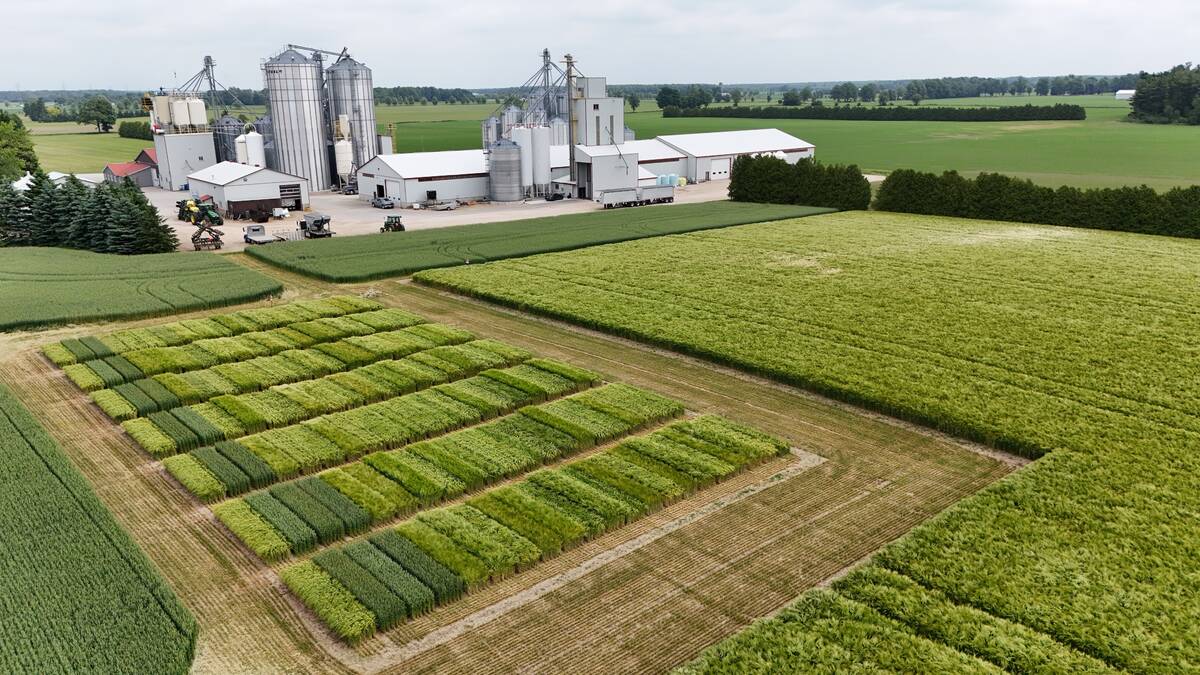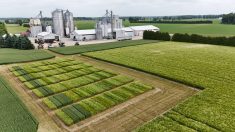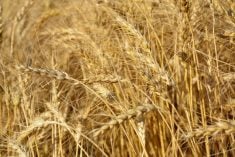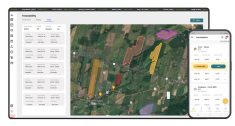Waterhemp has genetic advantages that lead to quicker herbicide resistance, but after a decade in the province, Ontario growers are learning to manage it.
Most research shows that waterhemp can remain viable in the soil for five years, says Peter Sikkema, a retired professor of weed science at the Ridgetown campus of the University of Guelph. Some research says it’s even longer, but Sikkema has gained confidence that farmers can control the weed.
Why it matters: Waterhemp can take over fields of corn and soybeans, resulting in reduced yields.
Read Also

Winter cereals beyond wheat gaining traction
Winter cereals such other than wheat, such as barley, could provide better yield and rotation options for Ontario growers.
At the Ontario Bean Growers research day at the Huron Research Station in Centralia, Sikkema showed attendees two side-by-side fields, one with significant waterhemp pressure and one free of the weed.
Research by Larry Steckel, while at the University of Illinois, showed that if there are 100 per cent waterhemp seeds in year one, this level is reduced to 61 per cent of the original level in the following year after some seeds have germinated and others rotted in the soil.
By year four, more than 99 per cent of the waterhemp seeds have disappeared in the soil.
“That means that if you as a farmer have perfect weed control on your farm, you should be able to really beat down that population and possibly eliminate it from your farm with really good management over a four-year period,” says Sikkema.
Genetic diversity gives waterhemp an advantage
Eliminating waterhemp is challenging because it quickly develops resistance and is an effective germinator.
A graduate student of Sikkema’s looked at the germination of waterhemp in a Lambton County field. Early June examinations found excellent germination in spring, as expected, but the student also found effective germination on Aug. 22, after a rain. Some continued to germinate up to Oct. 25.
Waterhemp in controlled conditions produces huge volumes of seed. Bob Hartzler at Iowa State University showed one female water hemp plant in a non-competitive environment can produce up to 4.8 million seeds.
If the plant emerges at the same time as soybeans, the seed number is reduced to 300,000 seeds per plant. Seed number goes down to 3,000 seeds per plant if it emerges 50 days after soybeans are planted.
On the farm, that means the weed will emerge after pre-plant herbicide burndown in no-till situations, and after the last pass for conventional-till seed bed preparation.
“What makes it really challenging for you as a grower to manage is the fact that it continues to emerge through the entire growing season, and that means you have to use herbicides that have really long residual activity in the soil,” says Sikkema.
Waterhemp also grows vigorously at up to one inch per day, but its real advantage is in its genetics.
Waterhemp has female and male plants, which means it has huge genetic diversity and the ability to quickly adapt to its environment, including herbicides. Most plants produce male and female flowers on the same plant, reducing the potential for genetic diversity.
Waterhemp’s greater diversity means it can change quickly to resist herbicides. Some biotypes in Ontario are now resistant to herbicides in groups 2, 5, 9, 14 and 27.
“That is amazing that this problem could develop so rapidly over a 10-year period.”
Using a diverse herbicide program is one way to control waterhemp, and not every herbicide works in every condition.
For example, 28 per cent of trials with Acuron showed 100 per cent control of waterhemp, but 50 per cent of other trials were between 90 and 99 per cent. There also was a trial that showed 52 per cent control.
Acuron is a rain-activated herbicide and that explains some of the variability. It also contains herbicides that some waterhemp resists, another reason its effectiveness can be variable.
“I think if you’re a corn or a soybean grower in the province of Ontario, if you do have waterhemp on your farm, you have to plan a two-pass weed control program. And what I mean by that is you have to start with an effective soil-applied herbicide and then manage the weed escapes if there are any of them,” says Sikkema.
Use of diverse herbicides needs to be mixed with a diverse crop rotation.
“I think the basis for (an) integrated weed management program on any farm is to implement a diverse crop rotation. The more crops you have in the rotation, the more options you have in terms of managing weeds over those different crops in the rotation.”















